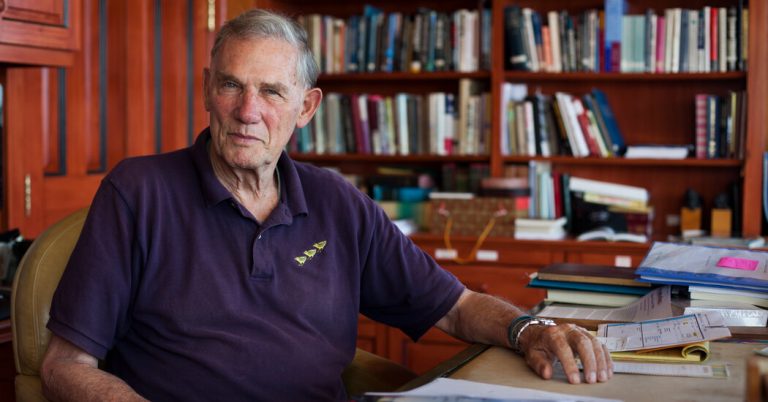Gov. Kathy Hochul reacted with jagged insouciance when the Trump administration snatched control of the slow-moving Penn Station redevelopment project from New York State last month.
“I want to thank the president,” she said, “for taking on the sole responsibility to deliver the beautiful new $7 billion station that New Yorkers deserve.”
Put aside the governor’s snarky use of President Trump’s favorite word — “beautiful” — and dreams of architectural glory like the original McKim, Mead & White station that was demolished 60 years ago. The future for Penn Station’s commuters and neighbors hinges not on aesthetics but on a wonky idea called through-running.
Through-running would allow New Jersey Transit trains to continue to Long Island and Long Island Rail Road trains to go on to New Jersey. It’s what Penn Station doesn’t have today, which is a big reason it’s so miserable for commuters.
Though Amtrak, the national railroad, owns Penn Station, it operates mostly as a terminal for commuter trains — a dead-end station in the middle of a busy city. After trains drop off and pick up riders at Penn, they go back to New Jersey or Long Island once the tracks clear up.
As trains dwell in the station, they take up tracks other trains could use, making commuting more miserable for the nearly 425,000 regional-rail passengers who used Penn each day before the pandemic. Penn’s platforms, more than a century old, are so narrow that passengers can’t exit and enter trains at the same time. So commuters hover by stairwells and escalators, waiting for others to disembark before they can board.


















